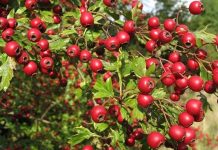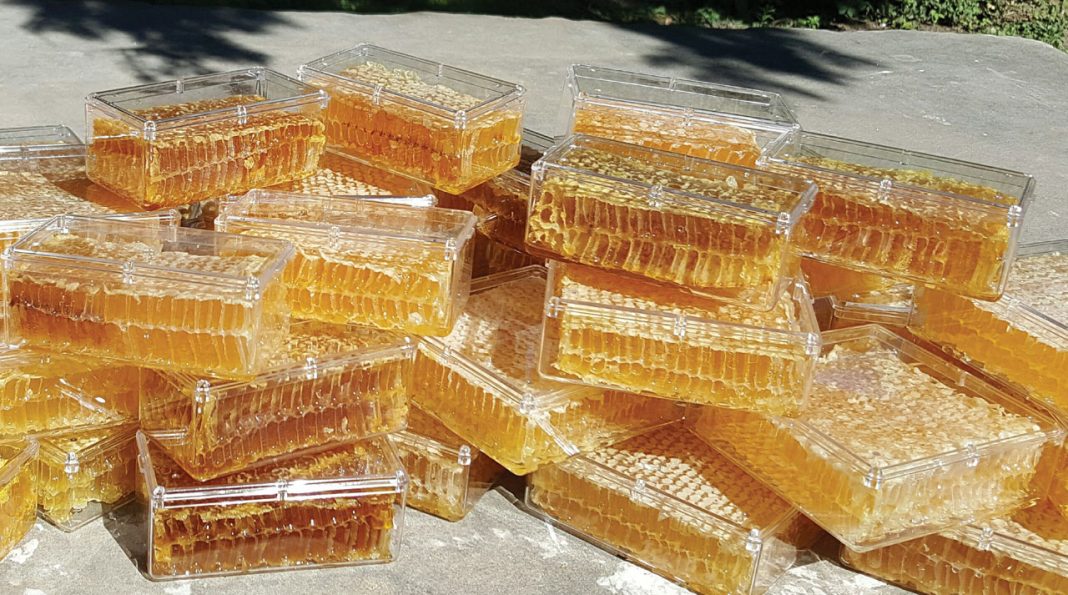Nature’s Sweet Cure: Discover the Medicinal Secrets of Honey

For thousands of years, honey has been more than just a natural sweetener — it has been a symbol of health, healing, and life itself. Ancient civilizations from Egypt to Georgia revered honey not only for its golden taste but also for its powerful medicinal properties. Folk medicine called it “liquid gold,” and even today, modern science continues to uncover reasons why honey deserves that name.
A Golden Gift from Nature
Honey begins its journey in the buzzing hives of hardworking bees. Through a process of collecting nectar, enzymatic transformation, and careful preservation, bees create a substance packed with natural enzymes, antioxidants, and nutrients. What seems like a simple food is actually a complex, living medicine — one that ancient healers instinctively understood long before laboratories could explain why.
In traditional folk medicine, honey was used to treat everything from coughs and sore throats to wounds, stomach pains, and even heart ailments. Across many cultures, it symbolized purity and healing energy. Georgian and Greek grandmothers alike would prescribe a spoonful of honey mixed with warm water or herbs to “clean the body” and “sweeten the soul.”
Honey in Ancient Healing Practices
Honey’s healing reputation goes back thousands of years. In ancient Egypt, it was a key ingredient in over half of all medical prescriptions recorded on papyrus scrolls. Egyptian doctors used honey to dress wounds and prevent infections — something modern science now confirms, thanks to honey’s strong antibacterial properties.
In Ayurveda, India’s 5,000-year-old natural medicine system, honey (known as Madhu) is considered one of the most sacred ingredients. It is said to balance the body’s energies, improve digestion, and act as a carrier that enhances the effectiveness of other herbs. Similarly, in traditional Chinese medicine, honey was used to “moisten dryness” — meaning it soothed the throat, lungs, and intestines.
The Science Behind the Sweetness
Modern research has caught up with ancient intuition. Scientists have discovered that honey is rich in hydrogen peroxide, flavonoids, and phenolic acids — all of which give it powerful antimicrobial and antioxidant properties. These elements help fight infections, reduce inflammation, and protect the body’s cells from damage caused by free radicals.
Some types of honey, like Manuka honey from New Zealand or mountain honey from the Caucasus, are especially potent. Studies have shown they can inhibit the growth of bacteria such as Staphylococcus aureus and E. coli. This makes honey not only a soothing home remedy but also a legitimate medical aid for wound healing and skin care.
Another important benefit is honey’s prebiotic effect — it feeds the good bacteria in the gut, improving digestion and overall immunity. Folk healers may not have used words like “microbiome,” but they knew instinctively that honey “heals the stomach and strengthens the body.”
Healing Uses in Folk Medicine
In folk medicine, honey was (and still is) a universal remedy. Here are some of its most beloved traditional uses — many of which science now supports:
For coughs and sore throats: A spoonful of honey with warm milk or herbal tea soothes the throat and reduces coughing.
For wounds and burns: Applied directly to the skin, honey creates a natural barrier that prevents infection and accelerates healing.
For digestion: A morning mix of honey and lemon in warm water helps cleanse the digestive system and improve metabolism.
For sleep: A teaspoon of honey before bed can help regulate blood sugar levels, promoting deeper sleep.
For energy: Folk healers recommended honey as a natural energy booster — a tradition now backed by athletes who use it for endurance and recovery.
Even in modern times, many people still trust “grandmother’s remedy” — a mixture of honey, lemon, and ginger — to fight colds and boost immunity during the winter months.
Honey and the Heart
Perhaps one of the most fascinating discoveries about honey is its potential to protect the heart. Studies suggest that honey’s antioxidants can improve cholesterol levels and reduce the risk of heart disease. Folk traditions, which often recommended honey with walnuts or cinnamon for “a strong heart,” seem to have been remarkably accurate.
Beauty and Skin Care Benefits
Folk medicine didn’t limit honey’s magic to healing the body from the inside. It was also a timeless beauty secret. Women across different cultures used honey masks to soften the skin, heal acne, and bring a natural glow to the face. Honey’s moisturizing and antibacterial effects make it a natural alternative to many commercial products even today.
A simple homemade mask of honey and oatmeal cleanses and nourishes the skin — just as it did in ancient times. It’s a perfect example of how traditional remedies continue to inspire modern skincare.
Caution and Considerations
While honey is a remarkable natural medicine, it’s not without precautions. Doctors advise not to give honey to children under one year old, as it can contain spores that may cause infant botulism. Also, people with diabetes should use it carefully, since it still contains natural sugars.
That said, raw and unprocessed honey — especially from local beekeepers — is far more beneficial than the refined, pasteurized types often found on supermarket shelves.
The Sweet Truth
Honey’s story is one of nature’s most beautiful miracles. It bridges the gap between ancient folk wisdom and modern science, reminding us that some of the world’s best medicines come not from laboratories but from the hive.
Whether used as a healing balm, a soothing drink, or a simple act of self-care, honey remains — just as it was thousands of years ago — nature’s sweetest cure.













